STEPHAN HLAWA*
(Vienna 1896 - 1977 Vienna)
Dream, around 1925
indian ink and pencil/paper, 31 x 42,5 cm
signed Hlawa
Provenance: estate of the artist
ESTIMATE € 1.500 - 2.000
START € 1.500
Austrian painter, graphic artist, stage and costume designer of the 20th century. Studied painting at the Academy of Fine Arts with Rudolf Bacher and singing at the Academy of Music and Performing Arts. From 1932 worked as a stage designer for the Burgtheater, State Opera, Theater an der Wien, Volksoper and Salzburg Festival, among others. From 1935 member of the Vienna Künstlerhaus. From 1945 to 1948 worked at the Tiroler Landestheater in Innsbruck. 1971 designed the arrivals hall at the airport in Vienna Schwechat. Also created landscapes, cityscapes and portraits. In the dream proximity to stage sets recognizable, surreal scene with a sleeping general between pendulum clock, ancient sculpture, ammonite and watchful dog.
The Viennese-born artist Stephan Hlawa studied at the Vienna Academy of Fine Arts with Rudolf Bachler and singing at the Academy of Music and Performing Arts. He worked primarily as a stage and costume designer at the most important theatres in the country - at the Vienna Burgtheater between 1932 and 1945 and from 1948 for the Vienna State Opera and Volksoper, as well as for the Vienna Volkstheater, the Salzburg Festival and the Innsbruck Landestheater. However, he also appeared as a painter, graphic artist and book illustrator. For example, he contributed twelve original etchings to Hans Müller's Mirror of Agrippina from 1919. A development from an expressionist diction to a moderate modern style can be traced in his artistic oeuvre.
Stephan Hlawa's ink drawing "A Dream" is in the stylistic tradition of Surrealism. In addition to dreamlike things, dream affinities such as daydreams, visions, hallucinations and phantasmagorias are also taken into account. Long before Sigmund Freud's interpretation of dreams, humanity struggled to uncover a hidden meaning in dream narratives; a struggle that we already encounter in early religious and mythical traditions - for instance in the form of a moment of revelation. Although dreaming is an involuntary and uninfluenceable activity of consciousness, its communication is all the more dependent on a process of transformation that reveals the recapitulation of the dream as memory work. Thus, Hlawa's picture is also to be understood first and foremost as a subjective and at the same time diffuse dream protocol, which is expressed here above all in the unmediated confrontation of the symbolic motifs. These revolve around the theme of the fleetingness of time, our mortality and the unenigmatic and mysterious. Hlawa flanks the composition on the left with an antique female sculpture in front of a curtain and on the right with a ticking pendulum clock. The foreground is occupied by a reclining man in a suit, of whom we do not know whether he is dreaming or dead, and behind whom the painter inserts a closed state coffin, a greyhound and a floating nautilus shell. Behind it, the view opens up into a mysterious mountain landscape. Hlawa's artistic dream protocol sees itself as a memory protocol and the dream communication as a "subsequent appropriation of the ephemeral" and as a visualised process of appropriation, approach, linguisation, translation or transformation. The spatial relationships between the objects recede into the background here, are dissolved, but without completely negating their spatial references. The ancient bust also refers to the efforts of antiquity to give meaning to the dream: While Plato, for example, still assumes that dreams are sent by gods, his student Aristotle interprets them as a necessary form of regeneration and thus provides the first dream-theoretical analysis and also the first rudiments of modern, physiological attempts to explain the understanding of dreams.
PLEASE NOTE:
The purchase price consists of the highest bid plus the buyer's premium, sales tax and, if applicable, the fee of artists resale rights. In the case of normal taxation (marked ° in the catalog), a premium of 24% is added to the highest bid. The mandatory sales tax of 13% is added to the sum of the highest bid and the buyer's premium. The buyer's premium amounts to 28% in case of differential taxation. The sales tax is included in the differential taxation.
Nylig sett
Logg deg inn for å se en liste over objekter
Favorittobjekter
Logg deg inn for å se en liste over objekter




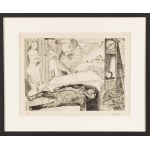



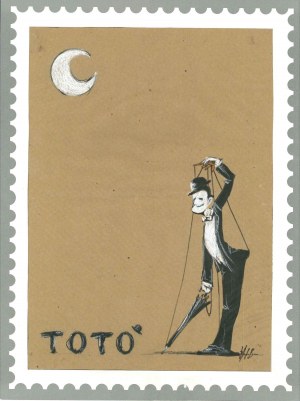
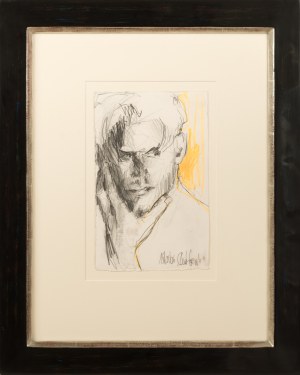

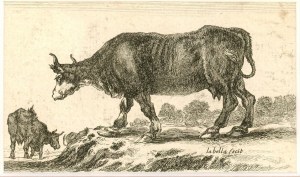
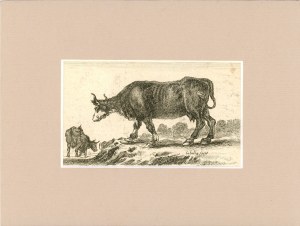
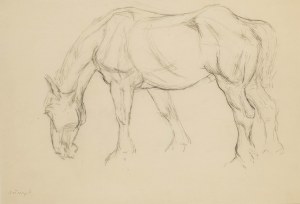
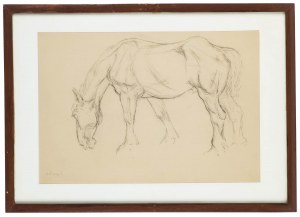
![[Siberia] In Memory of Christmas Eve in 1916 [In] Pavlodar - [Stefan Zacharias]. Watercolor](https://img1.one.bid/img/5856/1879642_1x.jpg?1714082400)
![[Siberia] In Memory of Christmas Eve in 1916 [In] Pavlodar - [Stefan Zacharias]. Watercolor](https://img1.one.bid/img/5856/1879642_2x.jpg?1714082400)



